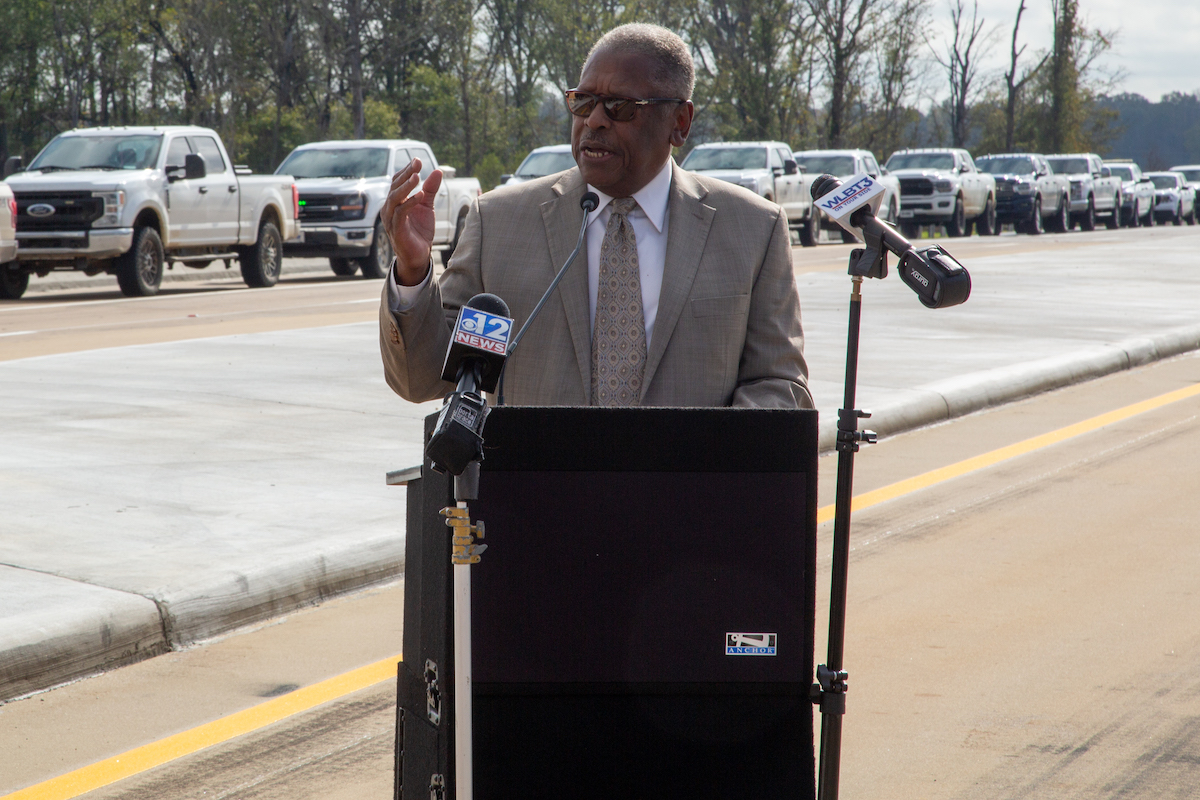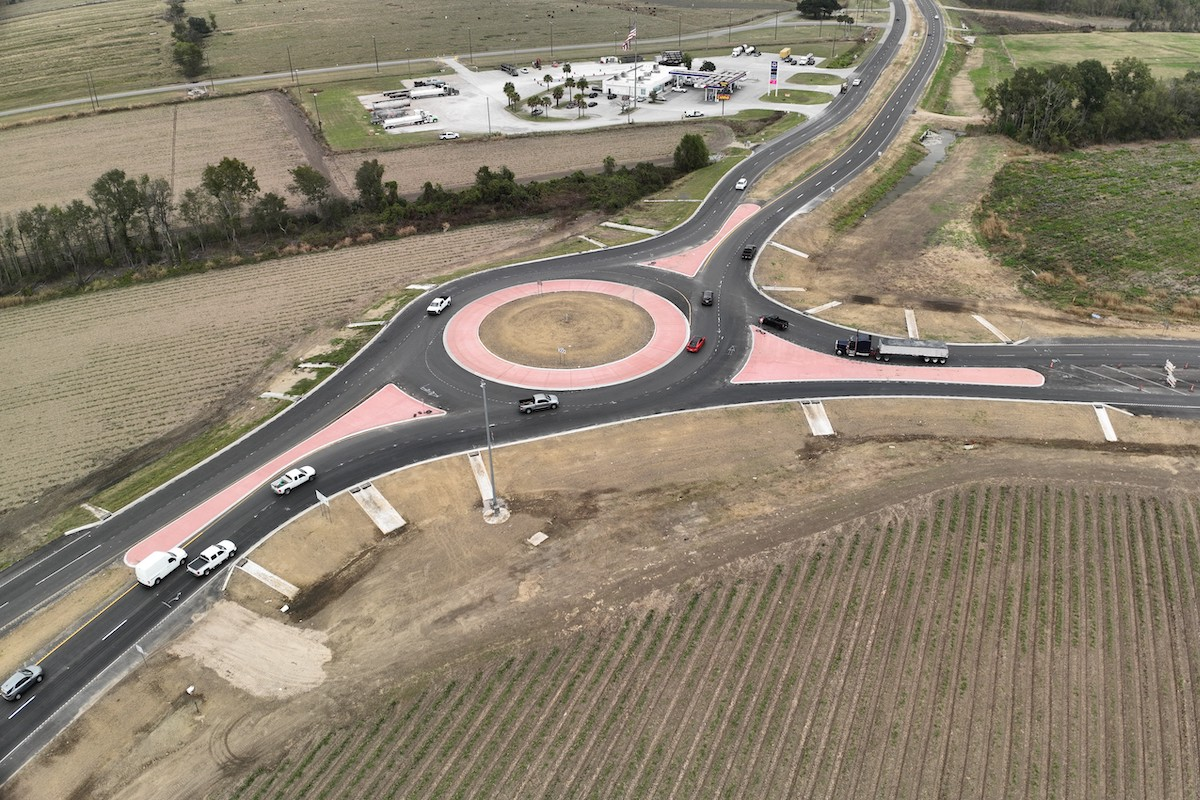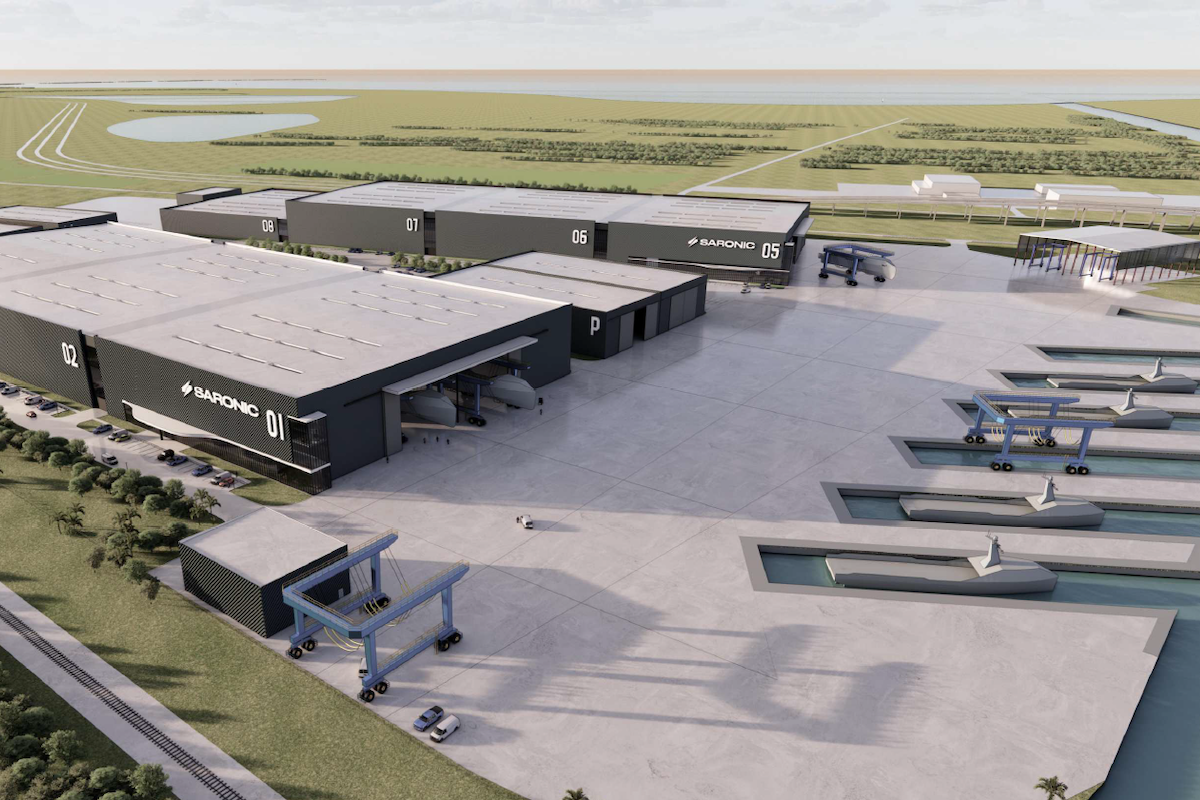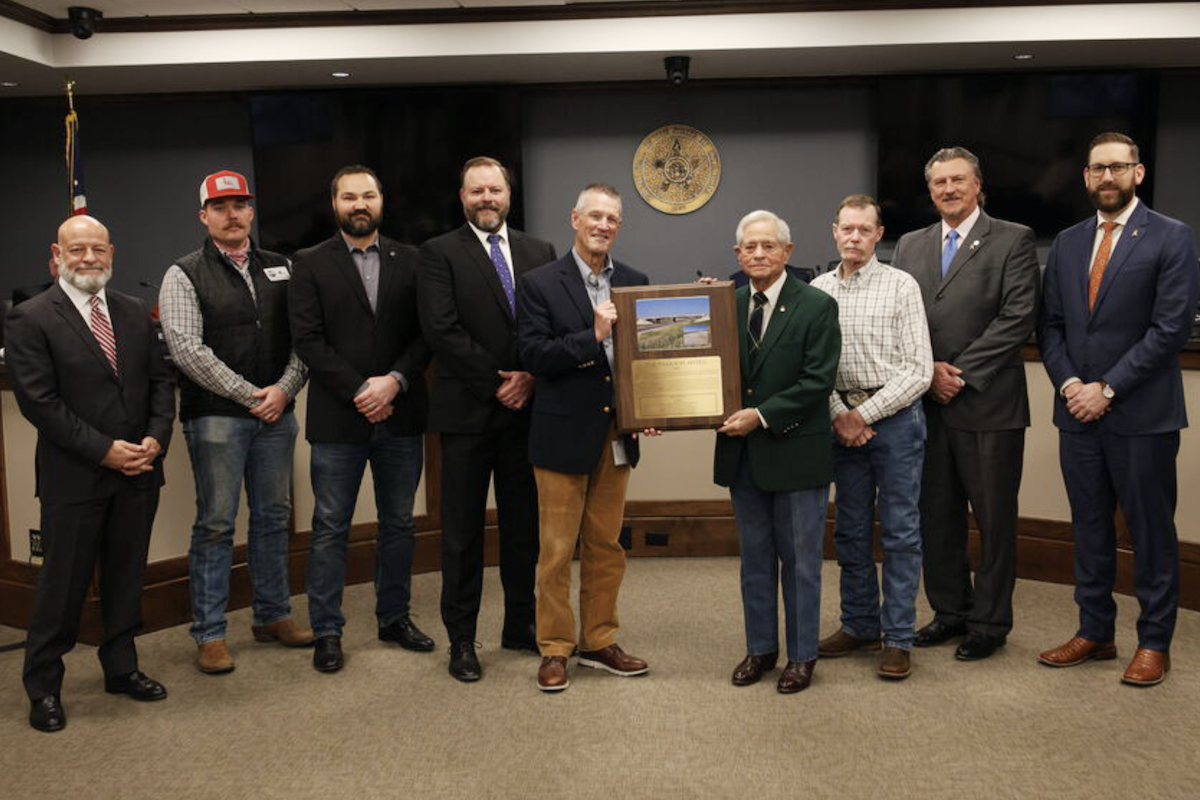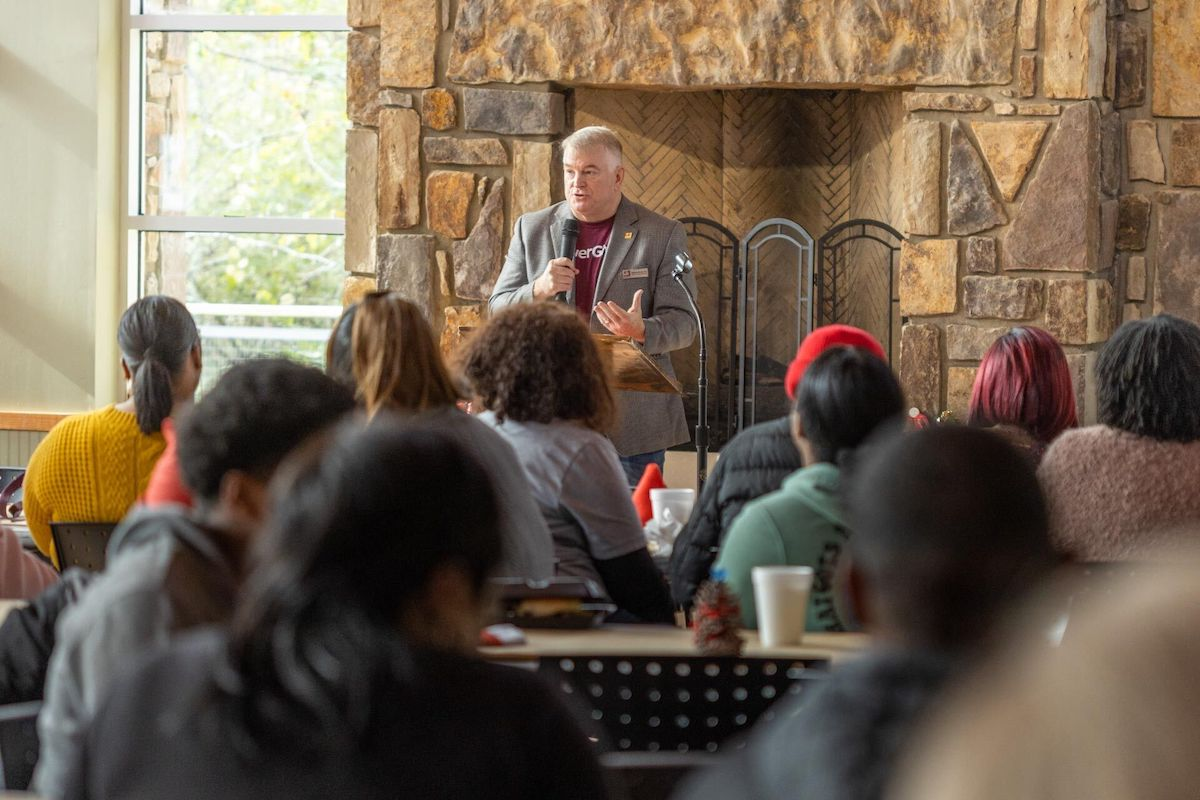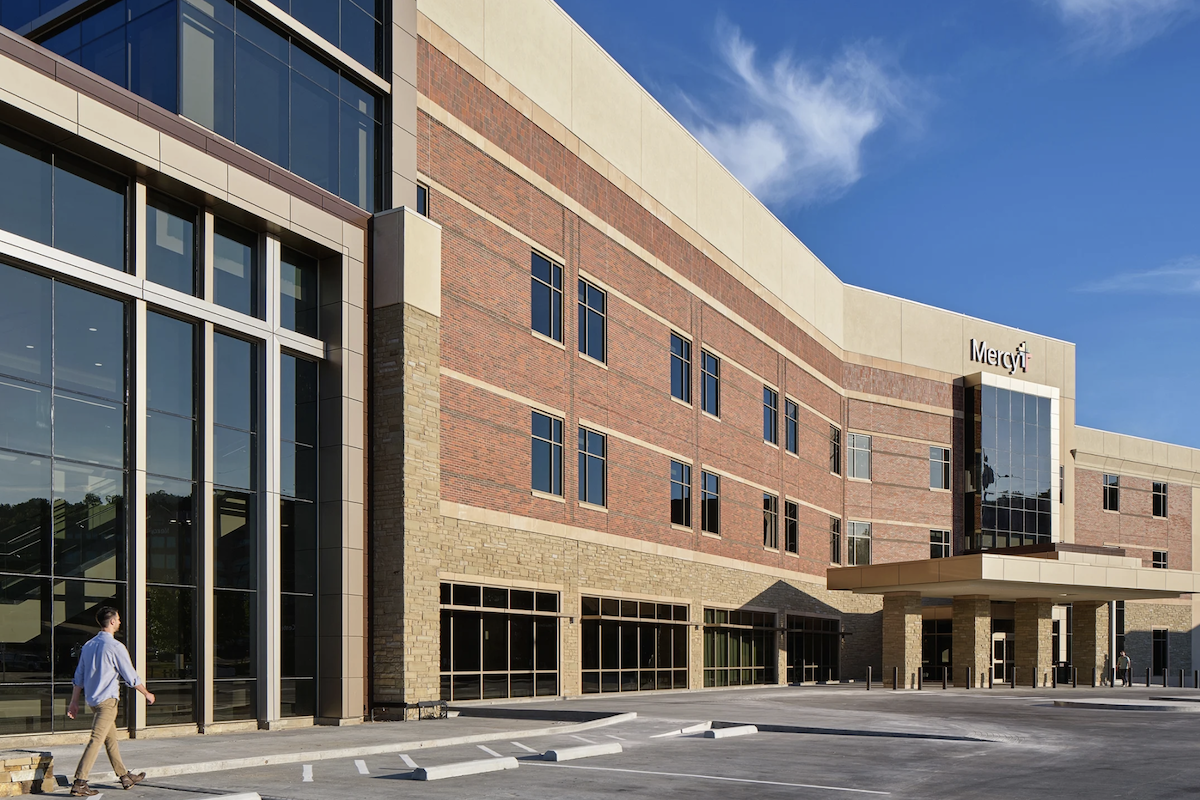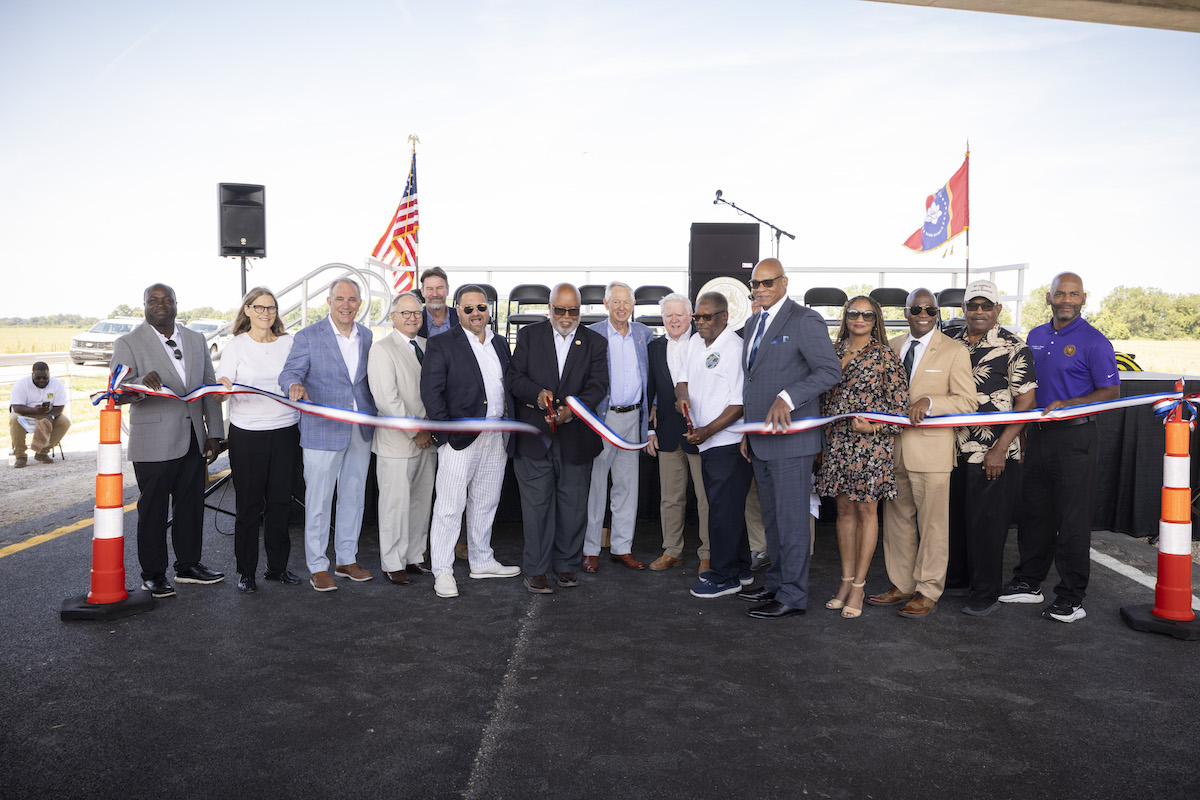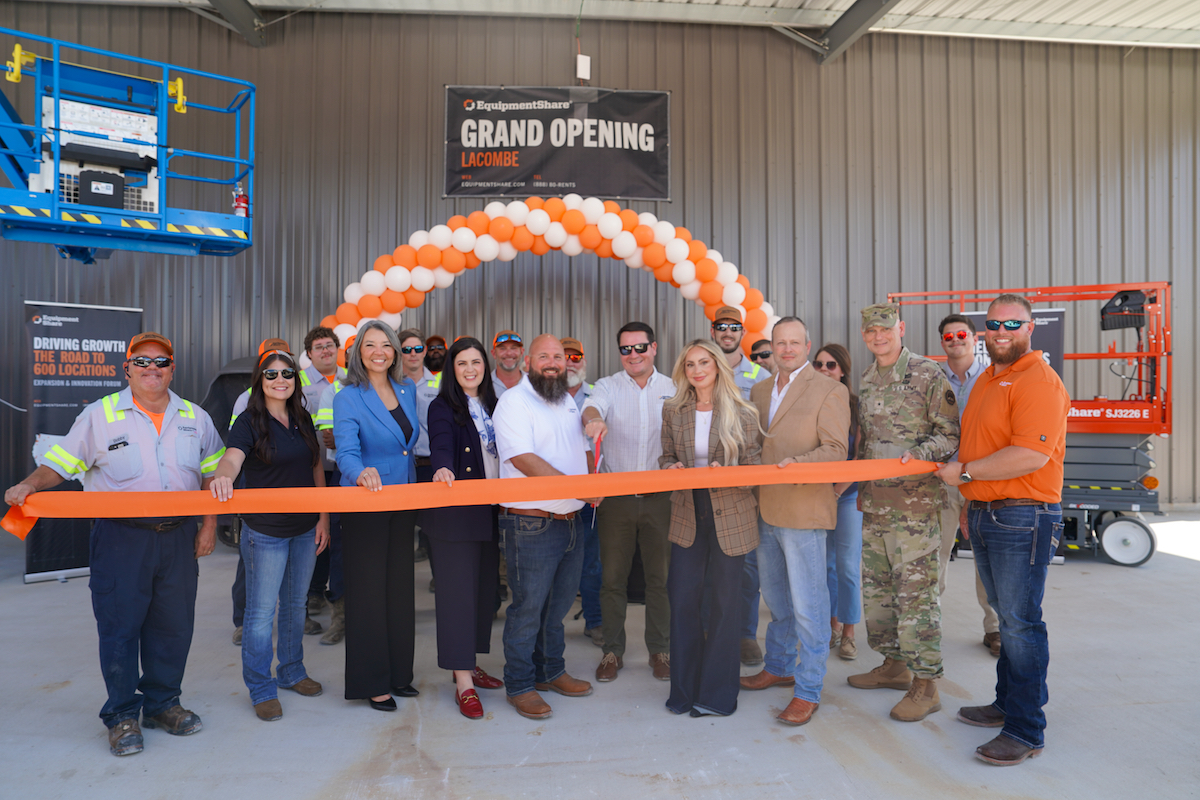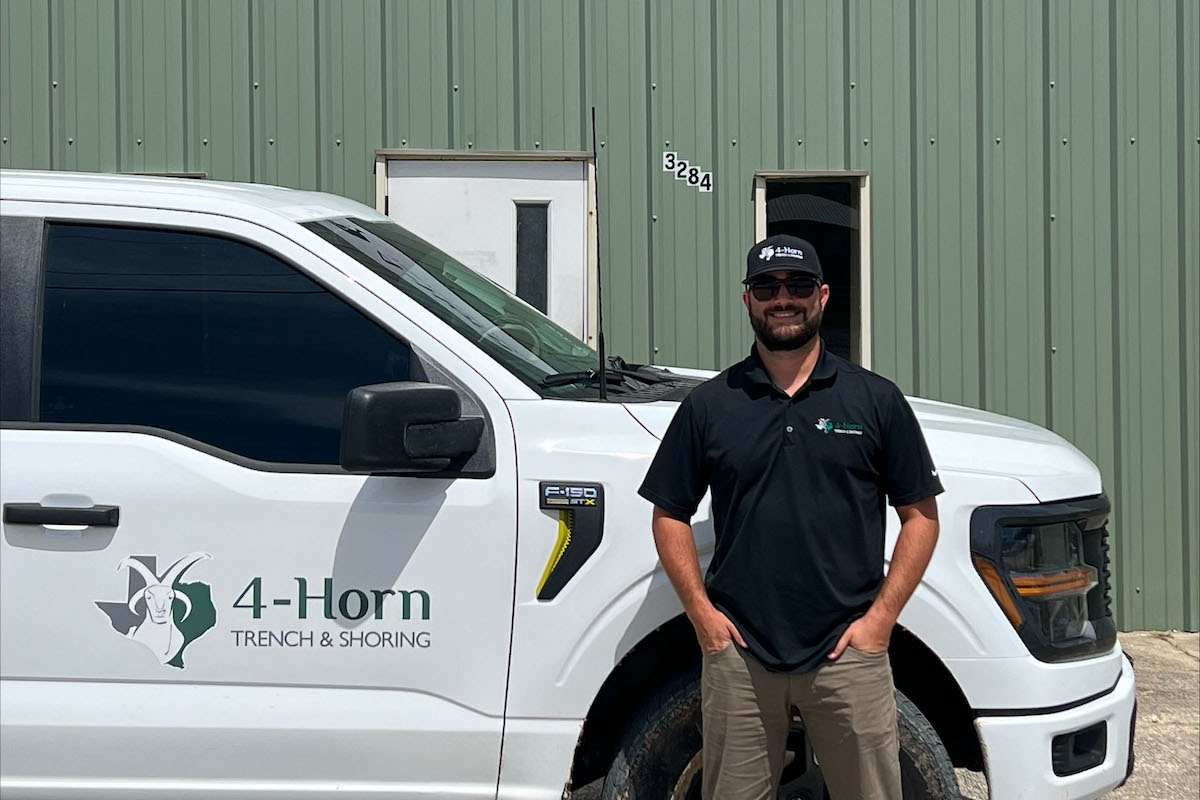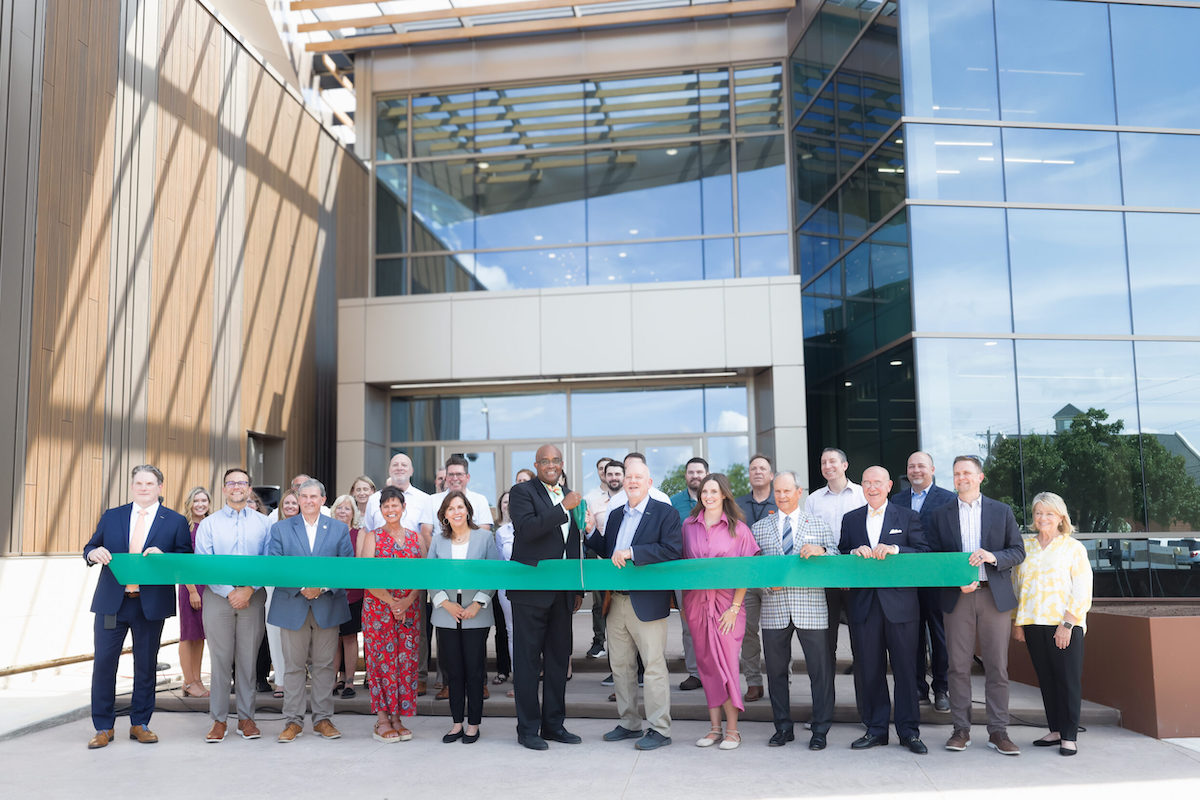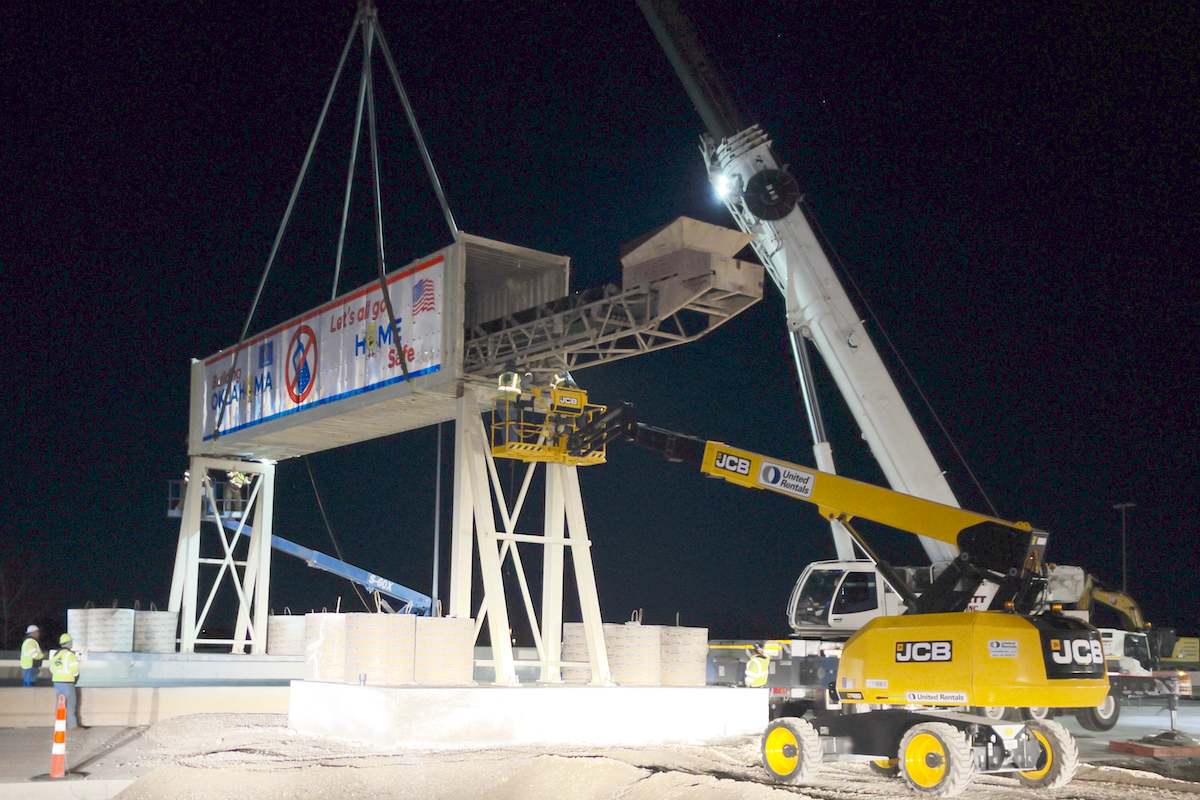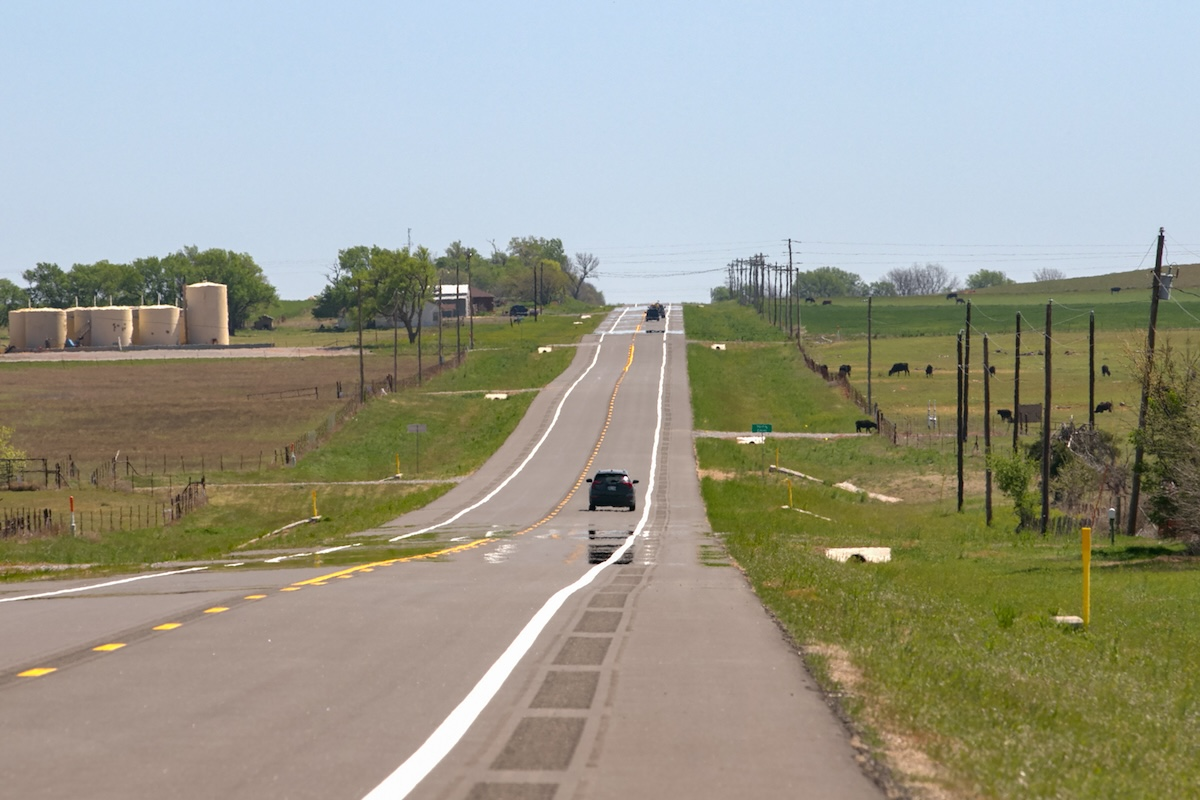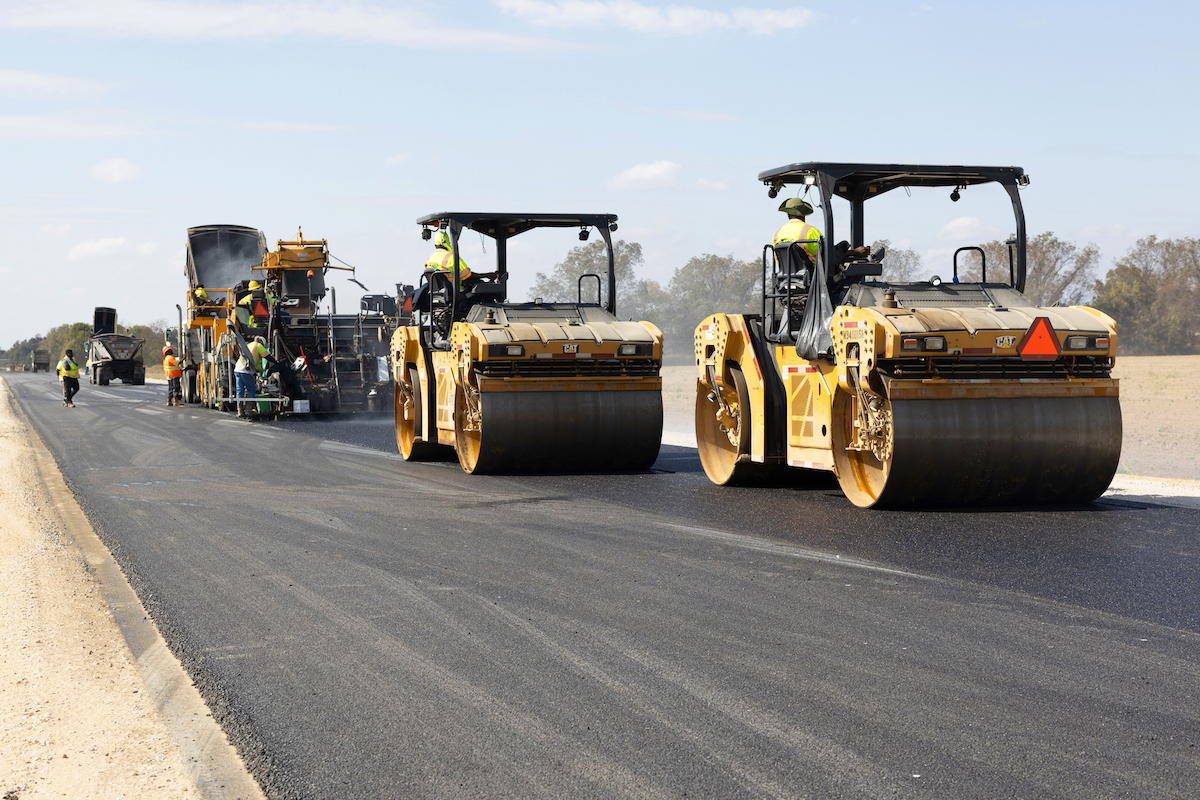But with a sense of determination — and later, aided by machine control technology which let them tackle larger projects with smaller crews — they weathered the storm. Today, J. Read Corporation is one of the most in-demand contractors in the central Massachusetts/Connecticut region and, despite their comparatively small size, the company has completed massive projects, including distribution centers for some of the biggest names in online retail.
“Right from the outset, we were fairly sizeable — about 40 to 50 people — in order to support a building division, a quarry division, and others,” he said. “As the business took off, we quickly grew to roughly triple that size until the 2008 downturn, at which point, everything came to an abrupt halt. However, even though we went down to that skeleton crew, we managed to keep the doors open. Once things recovered, we started hiring again and our payroll now numbers in the mid-50s, a comfortable area for us to be in.”
Greg added that their current size allows them to keep the family environment that has always been so important to them. “We pride ourselves in maintaining close relationships; this size allows that,” he said. “And, at the same time, we can eliminate that risk of ‘accordion’ construction — too much work, not enough work, too much, and so on.”
“Our use of GPS goes back almost to the start of the company,” Greg said. “At the time, my dad was running an excavator and it seemed that every time the surveyor would lay out an edge of a road, one of our haul trucks would back up and take down every single stake. That drove him absolutely nuts, which prompted us to look for a better way to do things. With GPS, we knew we could at least replace the stakes without needing to call in a surveyor.”

| Your local Case Construction Equipment Inc dealer |
|---|
| ASCO Equipment |
Around that time, James also owned a manufacturing company that was beginning to do CAD machine work, and the person charged with heading up that technology had a working knowledge of model building. “That helped us get savvier and more productive with the GPS solution,” Greg said. “We saw that it could be a transferable technology — only on a larger scale.”
The table was set for J. Read to change the nature of its approach to construction.
“We spent time in the Topcon booth at that show, quickly learned that machine control was the answer we needed, and bought it right there,” he said. “Back home, we put it on a John Deere 700 Dozer and upon seeing how well it did, quickly automated the excavation part of the job as well. Cliché as it might sound, it was truly a game-changer for us. While it’s great to have a guy with a good eye in the cab, not only are such people hard to come by these days, they’re still no match for GPS. Athletic fields and other single-plane projects are one thing, but parking lots that are heavy with contours around buildings and so on are another matter altogether. Automation has made all of our machines extremely productive.”
One of the key benefits the technology affords J. Read’s team members is what Greg refers to as an added level of “job site awareness.” His operators, because they have a view of the full site, know where they are going, where they are needed, and what the next piece of the bigger picture will be. “My crews now know that they can’t place material at ‘Point A,’ an area slated to be cut,” he said. “It eliminates the risk of multiple handling — the cardinal sin of earthmoving.”
J. Read has been making continual upgrades to its line of machine control solutions and today runs predominately Topcon MC-Max dozers and excavators, all part of the MC-X platform.
“The traditional ‘cut a foot,’ ‘cut six inches,’ ‘cut three inches,’ which used to be so common has been eliminated,” Greg said. “Now, thanks to the machine control solution, we are immediately so close that it’s just a matter of confirming.”
“At the site in nearby Uxbridge, we moved 1 million tons of material in 14 weeks, built 126,000 square feet of retaining walls — some as high as 60 feet — and designed and installed extensive underground stormwater retention systems,” he said. “The slab for that structure was 575,000 square feet with a mezzanine level that brought the square footage up to almost a million. To tackle a job of that size, we used the full complement of our machine control capabilities — dozers, graders, and excavators — as well as our Topcon HiPer VR base and rovers. The impact of doing so was undeniable; just in grading alone, we probably doubled our old productivity by doing things just once.”
“We probably have close to a $1 million in GPS equipment at work at any given time, including systems on nine excavators, two dozers, a grader, the base/rover systems, and so on,” Greg added. “Based on time savings alone, it is without a doubt worth the investment we’ve made. We’ve eliminated the redundancy of the layout effort mentioned earlier, and the workflow is now streamlined and efficient. As to how readily our operators take to it, almost without exception, they are initially apprehensive about using the machine control solution and then after one day’s use, don’t want to work any other way. That’s why we’ve been adding them the way we do.”
Robert Bourgeois is one of those operators/converts. He cited the ability to work without the need for layout and stakes as key to meeting the tight schedules often placed on them. “That distribution warehouse was an extremely time-critical job, and GPS made all the difference out there,” he said. “I had no prior experience with machine control but quickly saw what it could do — and do for me. On the job I am currently working — also a future distribution center — I have water lines at 6 feet and sewer at 15 feet, and I’m benching down to it. What would have been a real challenge done traditionally, is a matter of entering two negative settings and getting to work. There is nothing like it.”
“They have been excellent for us, working with equipment dealers whenever we have new machines heading out to the field,” Pabis said. “When we switched over two excavators to the GPS-controlled rotator buckets, they helped make it happen. If you have a good operator who can leverage that technology — which we do — these rotating buckets can be unstoppable. We have a Rototilt bucket on a zero-clearance SK 140 Kobelco with rubber padded tracks that we use as a finishing machine, and it’s amazing.”
He added that they also recently put a GPS-equipped Engcon Tiltrotator on a John Deere 345, which they are using as the finish/utility machine on a nearby school construction project to great success. “In instances when the operator is in a confined area, they can literally dig sideways with it,” Pabis said. “In the hands of a good operator, that rotating bucket with GPS can do everything from grading a rolling fairway for a golf course, to pipe runs for utilities, to backing up the landscape guy. It makes for a great machine.”
Pabis said that J. Read, in its pursuit of continued excellence, places a self-imposed 1-inch tolerance on any grading project it undertakes.
“Consider that 1 inch of concrete across a 1 million-square-foot slab represents almost 3,100 additional cubic yards of concrete — more than $400,000 in lost income,” he said. “So, if we can ensure that the GC [general contractor] is pouring a perfect depth of slab, it’s money in the bank for them. While it’s true that companies allow for a certain amount of overage, if they don’t use it, that’s a savings — and everyone is getting what they aimed to get from the outset. That’s where technology is so important in an operation like this. That’s the whole GPS advantage in a nutshell, and we use it to its fullest.”



















